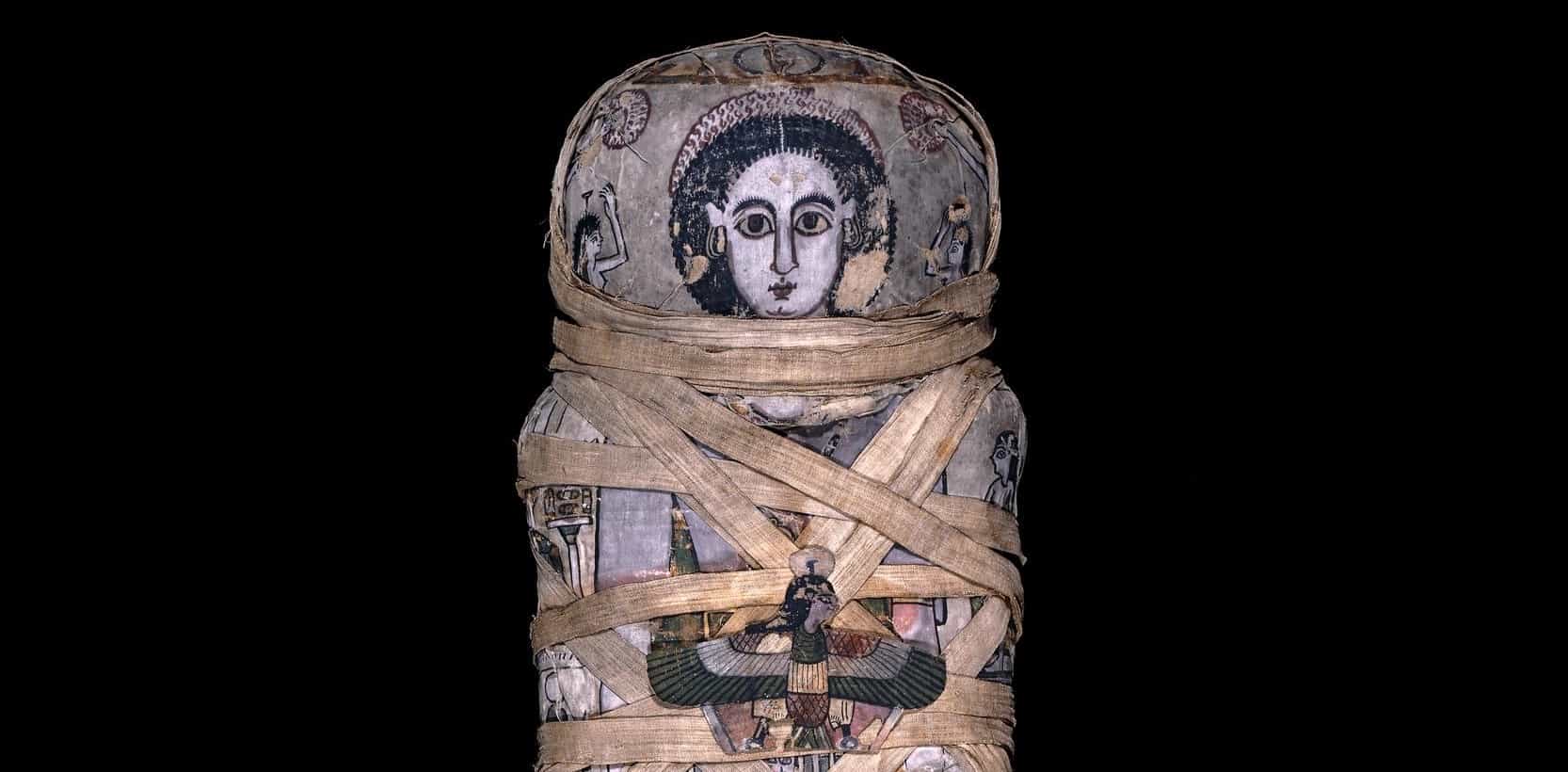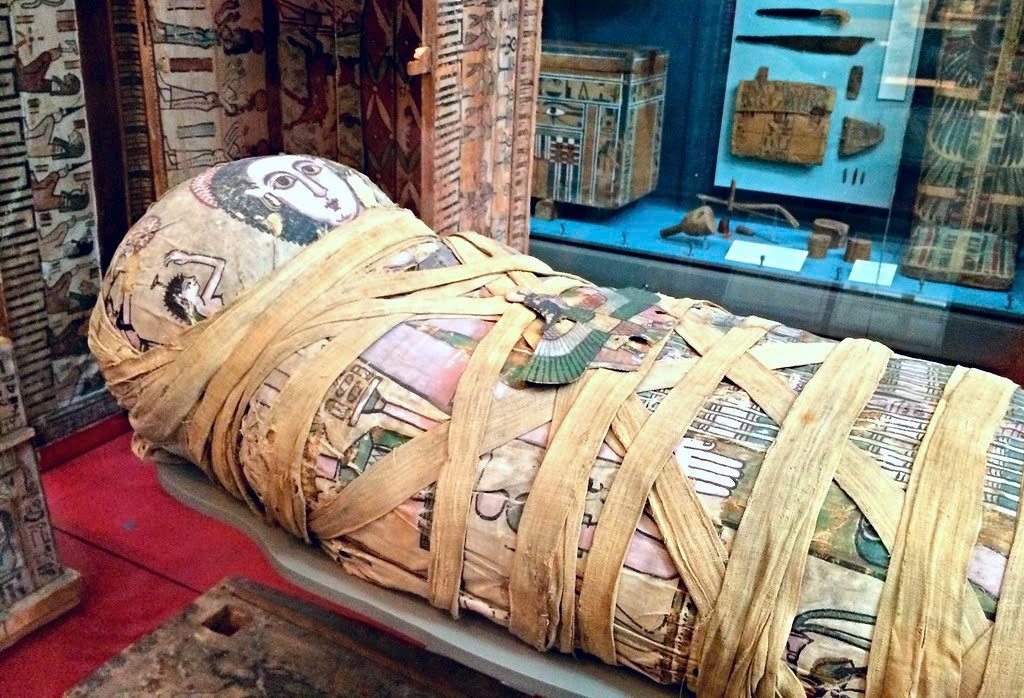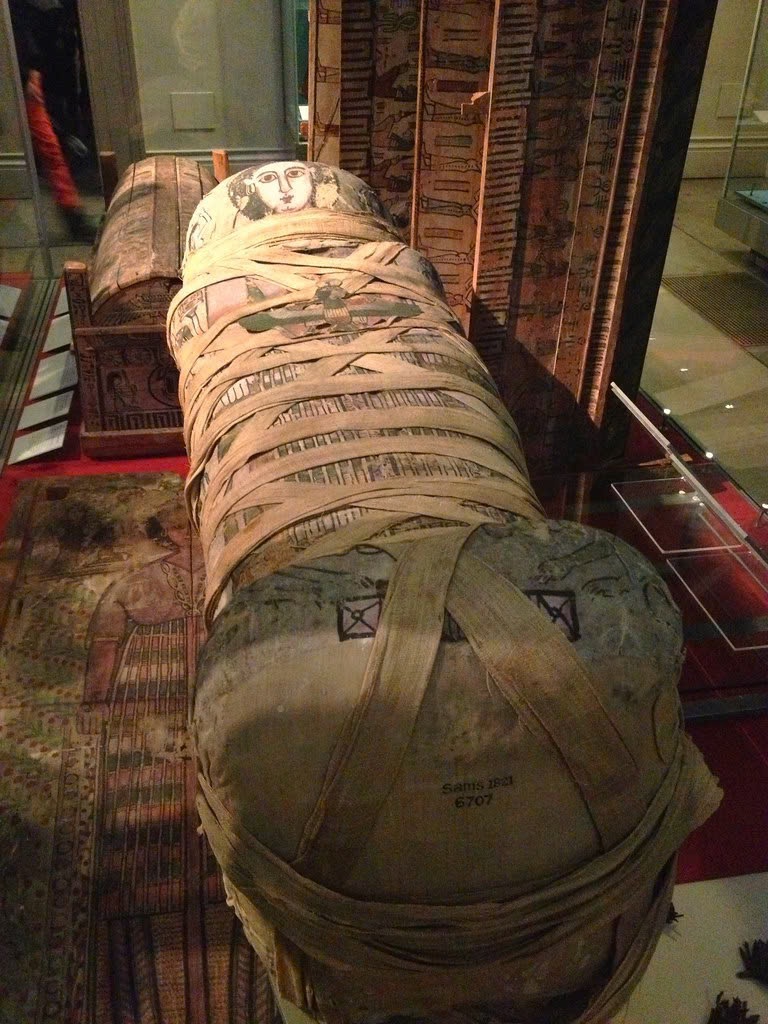Within the halls of the British Museum rests a unique treasure from ancient Egypt: the mummy of a young woman named Cleopatra. Far from the legendary queen, this Cleopatra was a 17-year-old girl who lived during Egypt’s Roman Period, around 100-120 CE.
Table of Contents
ToggleNoble Heritage
Inscriptions on her burial reveal Cleopatra’s noble lineage. She was the daughter of Candace and belonged to the prestigious Cornelius Pollius family. Her father, holding the esteemed position of Archon of Thebes under Emperor Trajan, firmly positioned her within Egypt’s elite class.

A Life Cut Short
Cleopatra’s life was tragically brief, ending at just 17 years, 1 month, and 25 days. While the cause of her death remains unknown, early mortality was not uncommon in the ancient world, where even noble status offered little protection against illness.

Bridging Cultures in Death
A Greek Name, Egyptian Funeral Traditions
Despite her Greek name and life under Roman rule, Cleopatra’s mummification reveals the strength of Egypt’s enduring customs. Her carefully wrapped linens display images of beloved Egyptian deities like Isis, Nephthys, Anubis, and the Goddess Nut—evidence of how Egyptians continued their ancient traditions even as Roman and Greek influences prevailed.

Offerings for the Afterlife
When Cleopatra’s tomb was discovered in Sheikh Abd el-Qurna, Thebes, archaeologists found personal items intended to guide her into the afterlife: a string of berries, a garland, and a wooden comb, all symbolic of her family’s love and respect.

A Glimpse into Ancient Medical Knowledge
X-Ray Revelations
Modern technology has provided new insights into Cleopatra’s life and health. X-rays reveal:
- Dense material, likely plaster, covering parts of her body.
- Intact ribs, arms, and legs, showing no fractures.
- An unexplained mass in her body cavity.
- Her arms are laid flat with palms resting on her thighs.
- A possible dislocation of the left hip, perhaps due to tight bandaging.
- No signs of stunted growth, suggesting normal development for her age.
Cataloged as EA6707 in the British Museum, Cleopatra’s mummy offers a rare glimpse into the complex blend of Egyptian, Greek, and Roman cultures during her time, as well as humanity’s timeless desire to honor and preserve those who have passed.

